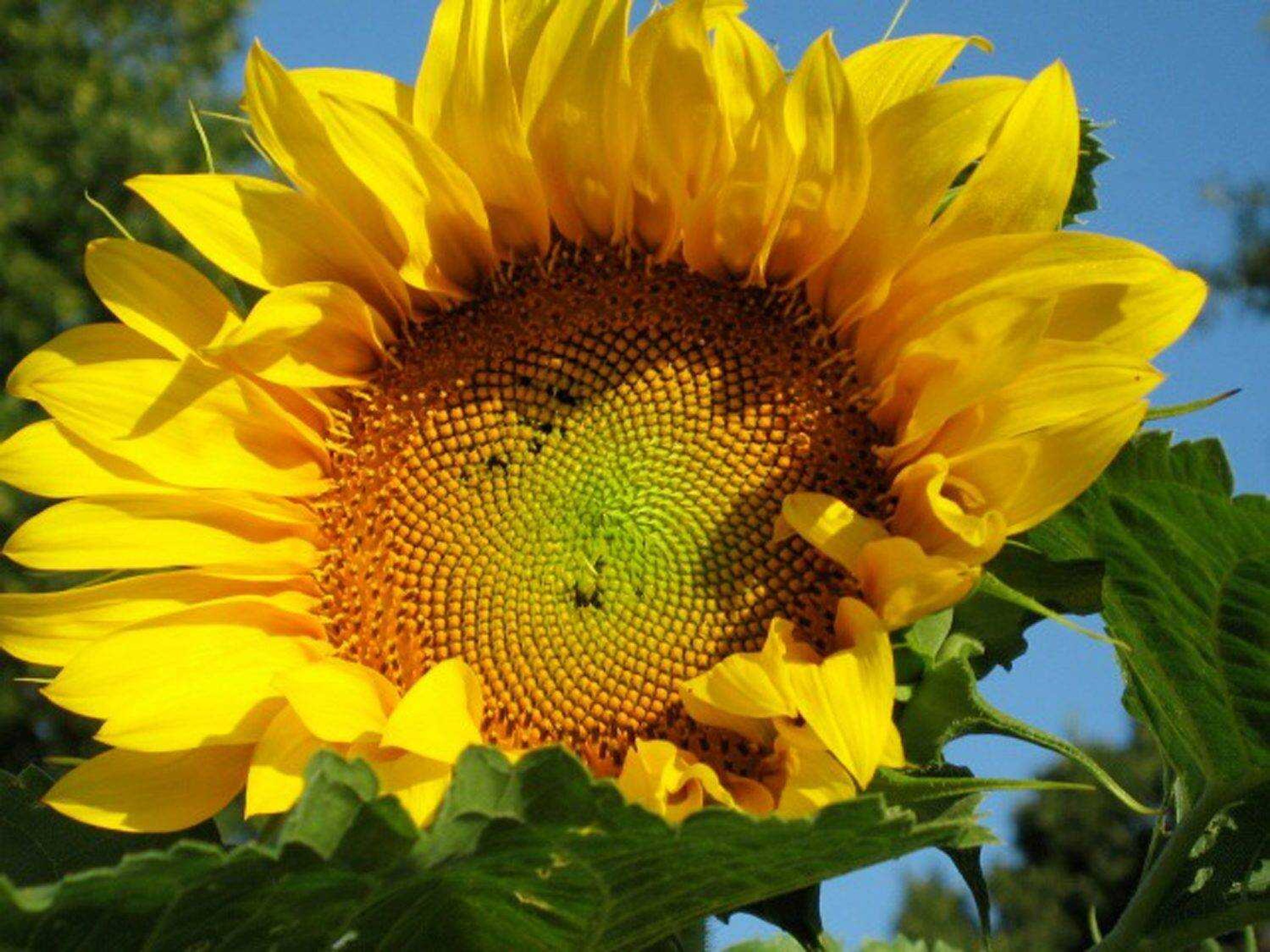Birdseed prices too high? Try growing your own
If you're looking for simple ways to cut household spending, start with the entertainment budget: Consider the cost of keeping those backyard bird feeders so busy. Black-oiled sunflower seed retails at more than $17.50 for a 10-pound bag, while nyjer, or thistle seed, goes for around $15 per 5-pound container. Those prices are for fresh, specialty seed -- the premium grades marketed for the pickiest of passers-by...
If you're looking for simple ways to cut household spending, start with the entertainment budget: Consider the cost of keeping those backyard bird feeders so busy.
Black-oiled sunflower seed retails at more than $17.50 for a 10-pound bag, while nyjer, or thistle seed, goes for around $15 per 5-pound container. Those prices are for fresh, specialty seed -- the premium grades marketed for the pickiest of passers-by.
You always can search the sales, comparison shop or buy birdseed in bulk to save a buck. But consider growing your own for a substantial savings.
Seed, nectar and berry-rich plants and shrubs will draw wild birds year-round. Some flower varieties -- such as sunflowers, cosmos and coneflowers -- develop daisylike seed heads, which turns them into organic bird feeders.
Many plants have heads so large they're easy to harvest or "thresh" once they finish flowering. To dry them, lay them face down on a flat surface, pat or compress to free the seed, and then store it in jars or redistribute it into your feeders. It's pretty straightforward, although the approach has its critics.
"Birds are going to be much better at getting the seeds for many of the plant species. Therefore, it is best to leave the plants standing over winter," said Nigel Dunnett of the University of Sheffield in England and author of "Rain Gardens" (Timber Press, 2007). "Leaving the stems standing has other benefits, too. The cover prevents rain damage to exposed soil, and in climates where it doesn't freeze up for months on end in the winter, [and] quite a lot of invertebrates will use the hollow stems of the perennials as a place for over-wintering."
Packaged birdseed is big business. An estimated 4.6 billion pounds of wild bird feed is purchased in the United States each year at the retail level. That works out to some $1.45 billion in sales, said Susan Hays, executive director of the Wild Bird Feeding Industry at Sioux Falls, S.D.
Yet backyard bird feeding isn't always what it's cracked up to be, many ornithologists say.
"Birds are adaptable and mobile creatures, and most individuals can survive just fine without our handouts," said David Bonter, leader of the Cornell Lab of Ornithology's Project FeederWatch. "If the food supply dwindles in one area, the birds will go elsewhere."
Feeding birds can be good for people, however.
"Watching birds at our backyard feeders is one of the most meaningful interactions that many Americans have with wildlife in modern society," Bonter said.
Landscaping for birds also can enhance the environment, particularly when paired with something like rain gardens, which are low places cultivated to divert storm runoff.
"Because rain gardens are usually based on perennial plantings, then they can be good for seed-eating birds," Dunnett said.
WHAT TO PLANT
Look to the Internet or reference books for local plants and shrubs attractive to wildlife. Meanwhile, here are some of the easiest varieties to grow, harvest and provide interest to your yard while nourishing foraging birds:
* Sunflowers, which come in about 70 varieties.
* Millet, particularly the ornamental varieties such as Purple Majesty and Purple Baron.
* Corn. Plant a row or more of popcorn or Indian corn and leave it standing for the birds and other wildlife to glean.
* Tickseed. More than 100 drought-tolerant species.
* Common goldenrod. Careful, though. It tends to be aggressive.
* Black-eyed Susan. An asterlike flower with attractive blooms and numerous seeds.
* Purple coneflower. New hybrids come in a variety of colors, and birds flock to the seeds.
* Cosmos. Great colors and easy-to-gather seeds.
Connect with the Southeast Missourian Newsroom:
For corrections to this story or other insights for the editor, click here. To submit a letter to the editor, click here. To learn about the Southeast Missourian’s AI Policy, click here.









